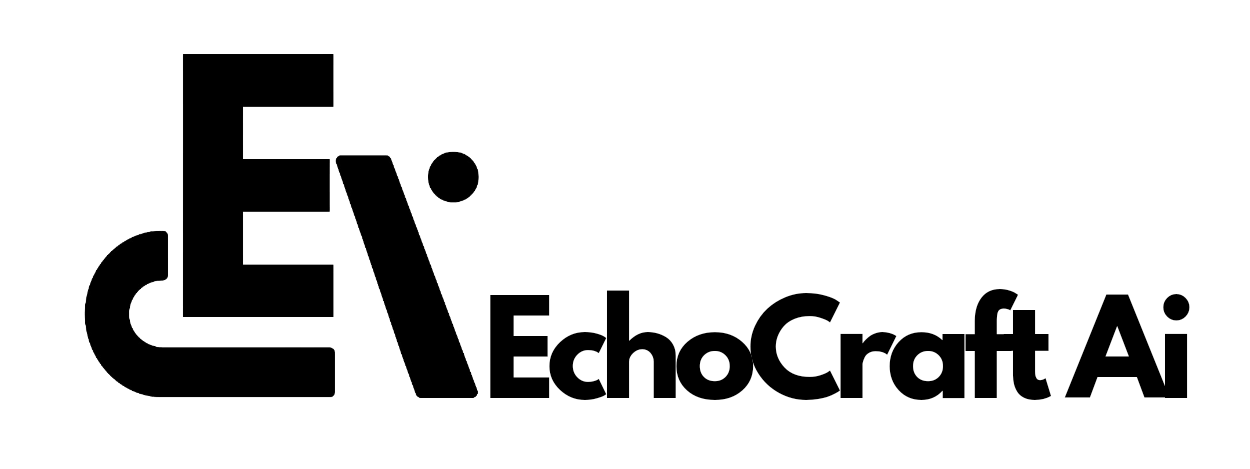Anthropic, an AI research company, recently introduced the Anthropic Economic Index to analyze how artificial intelligence is influencing labor markets and the broader economy.
The initial findings shed light on the sectors most affected by AI and provide insights into emerging trends in AI adoption across various industries.
While the Anthropic Economic Index offers valuable quantitative insights—such as the high rate of AI queries in software engineering—critics argue that relying solely on chatbot query data might not capture the full picture.
Some experts contend that this method overlooks the qualitative context behind these queries, suggesting that combining this data with traditional labor market surveys and on-the-ground research could provide a more nuanced understanding of AI’s true impact across industries.
Software Engineering Leads AI Adoption
According to the report, software engineering emerged as the field with the highest engagement with AI, accounting for 37.2% of queries to Claude, Anthropic’s AI chatbot.
These interactions often involved tasks such as software modification, code debugging, and network troubleshooting. This strong reliance reflects AI’s growing role in streamlining technical processes and enhancing problem-solving capabilities in engineering.
Creative and Media Sectors Follow
The arts, design, sports, entertainment, and media sectors ranked second, representing 10.3% of AI-related queries. Professionals in these fields primarily sought AI assistance for tasks such as writing and editing, indicating the growing integration of AI into creative processes.
Limited AI Adoption in Physical Labor Sectors
Conversely, sectors like farming, fishing, and forestry showed minimal AI engagement, contributing only 0.1% of the queries. This highlights AI’s current limitations in handling tasks requiring extensive physical labor or location-specific activities.
Augmentation Over Automation
The report found that AI is more frequently used to assist users rather than replace them entirely.
About 57% of tasks involved AI augmentation, where the technology collaborated with users to validate work, brainstorm ideas, and support learning. In contrast, 43% of tasks were fully automated, such as document formatting.
Adoption Patterns Based on Salary Tiers
AI usage varied across job roles and salary brackets. Both low-paying and very high-paying roles exhibited limited AI integration, while mid-to-high salary roles saw the highest adoption rates.
Occupations like computer programming and data science were among the most engaged with AI tools, while jobs requiring manual dexterity, such as shampooers and certain medical specialists, showed minimal interaction.
Task Integration Levels
Only 4% of occupations reported using AI for 75% or more of their tasks. Moderate adoption was more common, with 36% of occupations incorporating AI into at least a quarter of their tasks.
Breakdown of Augmentation and Automation Tasks
Among augmented tasks, 31.3% involved task iteration, and 23.3% focused on learning activities. On the automation side, directive tasks, where AI independently executed functions, accounted for 27.8% of activities.
Dynamic Insights for Future Workforce Trends
Anthropic’s Economic Index offers a fresh approach to understanding AI’s evolving role in industries by analyzing real-world interactions rather than relying solely on traditional surveys.
The findings highlight AI’s potential to complement human efforts in technical, creative, and strategic roles, fostering productivity while maintaining human involvement in decision-making processes.
FAQ’s
What methodology underpins the Anthropic Economic Index?
The Anthropic Economic Index is based on analyzing real-time interactions with Claude, Anthropic’s AI chatbot. It captures the frequency and nature of queries across industries, providing a data-driven view of AI adoption that goes beyond traditional surveys by reflecting actual user behavior.
How might the trends in software engineering affect future job roles?
With software engineering leading AI engagement, future roles may evolve to include more collaborative human-AI tasks. This could mean new skill sets emphasizing AI augmentation and continuous learning, prompting organizations to invest in training programs that bridge the gap between traditional coding and AI-enhanced development.
What are the limitations of using AI chatbot queries as a measure of industry adoption?
While chatbot query data offers valuable insights, it may not capture the full context behind each query. Factors like user intent, regional differences, and the potential for automated query generation can influence the data. Thus, combining this index with traditional research methods could provide a more complete picture of AI’s impact.
How can businesses leverage insights from the Economic Index for strategic growth?
Businesses can use the index to identify sectors with high AI engagement—such as software engineering—and tailor their investment in AI tools and training accordingly. These insights can help companies optimize workflows, enhance productivity, and even forecast future labor market trends to stay ahead of the curve.
What implications does the index have for policymakers and educational institutions?
The index highlights differential AI adoption across sectors and salary tiers, suggesting that policy makers should consider targeted interventions. Educational institutions might also use these insights to adjust curricula, ensuring that graduates are equipped with the skills needed for an AI-augmented workforce.

